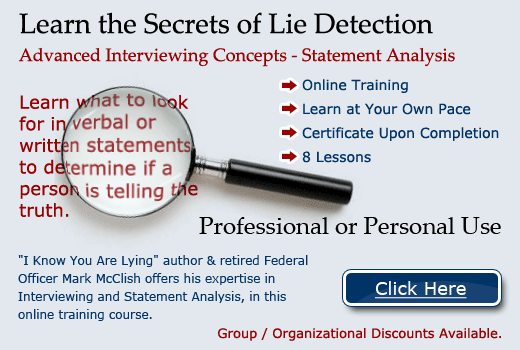Statement analysis
Post on: 21 Июль, 2015 No Comment

B. Return on common equity (ROCE )
II. Risk measures
B. Longer-term solvency
I. Profitability
Two ratios are presented in this: return on assets and return on common equity. The return on assets measures the return generated by the firm (a measure of income) relative to the assets used to generate that income. ROA measure how productively the resources (assets) of the firm are used. How the assets are financed does not affect the analysis. Return on common equity, on the other hand, measures the return available to common stockholders relative to the book value of their investment in the firm. Here the capital structure of the firm makes an important difference, since the return to common stockholders is net of payments to bondholders and preferred stockholders. In essence, ROCE tells us how effective the firm is in using both its resources (assets) and its financing (leverage) in creating wealth for common shareholders.
The essence of the ratio analysis in this section is the disaggregation of ROA and ROCE into sub-parts to give us insight into what happened during the period. Disaggregation allows us to keep asking more detailed and specific questions until we have an understanding of the events and conditions that led to the performance that occurred.
A. Return on Assets (ROA)
- ROA = Net income + (1- t )*Interest expense + MI in earning
- Average total assets
Terms:
- Net income — Usually income from continuing operations; may or may not include restructuring costs
- t — Marginal statutory tax rate (found in footnotes)
- Interest expense — From income statement (or footnotes if shown net on income statement)
- MI in earnings — Earnings belonging to minority interest in consolidated subsidiaries; often not material enough to show on income statement.
- Average total assets — Usually from comparative balance sheets (weighted average may be used if there are large changes.
Disaggregating ROA:
- ROA = Profit margin * Asset turnover
- Profit margin = Net income + (1- t )*Interest expense + MI in earnings
- Sales
- Average total assets
Disaggregating Profit Margin:
- Cost of goods sold percentage = COGS/Sales
- Selling and administrative expense percentage = SG & A/Sales
- Other expense percentage = Other exp/Sales
- Tax expense percentage = Taxes/Sales
- Profit margin from above = NI + (1- t )*Int. exp + MI
- Sales
Disaggregating Asset Turnover:
- Accounts receivable turnover = Credit sales/Average accounts receivable
- Inventory turnover = COGS/Average inventory
- Fixed asset turnover = Sales/Average fixed assets (net)
B. Return on Common Equity (ROE)
- ROCE = Net Income — Preferred Dividends
- Average Common Equity
Terms:
- Net income — Usually income from continuing operations; may or may not include restructuring costs (the same as for ROA)
- Preferred dividends — Dividends due to preferred shareholders for the period
- Average common equity — Total stockholders’ equity less all traces of preferred stock; weight if necessary
Disaggregating ROCE:
- ROCE = ROA * (CEL) * (CSL)
- CEL (Common earnings leverage) = Net income — Preferred dividends
- Net income + (1- t )*Interest expense + MI in earnings
- Average common equity
Terms:
- ROA — the return from operations independent of financing
- CEL — the proportion of operating income (net income before financing costs and related tax effects) allocable to the common shareholders
- CSL — a measure of the degree to which a firm uses common shareholders’ funds to finance assets.
- Adjusted leverage — CSL * CEL; indicates the combined multiplier effect of leverage (using debt and preferred stock financing) to increase or decrease the return to common shareholders.
II. Risk
Risk reflects the ability of the firm to generate cash flows in order to satisfy its obligations. Failure to do this generally results in bankruptcy for the firm.
The ratios in this section are divided between short-term risk (liquidity) and longer-term risk (solvency). Liquidity risk generally relates to cash flows from operations, while solvency risk is influenced by investment and financing decisions.
A. Short-term Liquidity
- Current ratio = Current assets
- Current liabilities
- Current liabilities
- Current liabilities
Turnover ratios
- Accounts receivable = Sales/Average accounts receivable
- Inventory = Cost of goods sold/Average inventory
- Accounts payable = Purchases/Average accounts payable
B. Longer-term Solvency
- Long-term debt = Long-term debt
- Long-term debt + Shareholders’ equity
- Shareholders’ equity
- Debt/Assets = Long-term debt
- Total assets
- Interest expense
- Capital expenditures coverage = Cash flow from operations
- Capital expenditures














